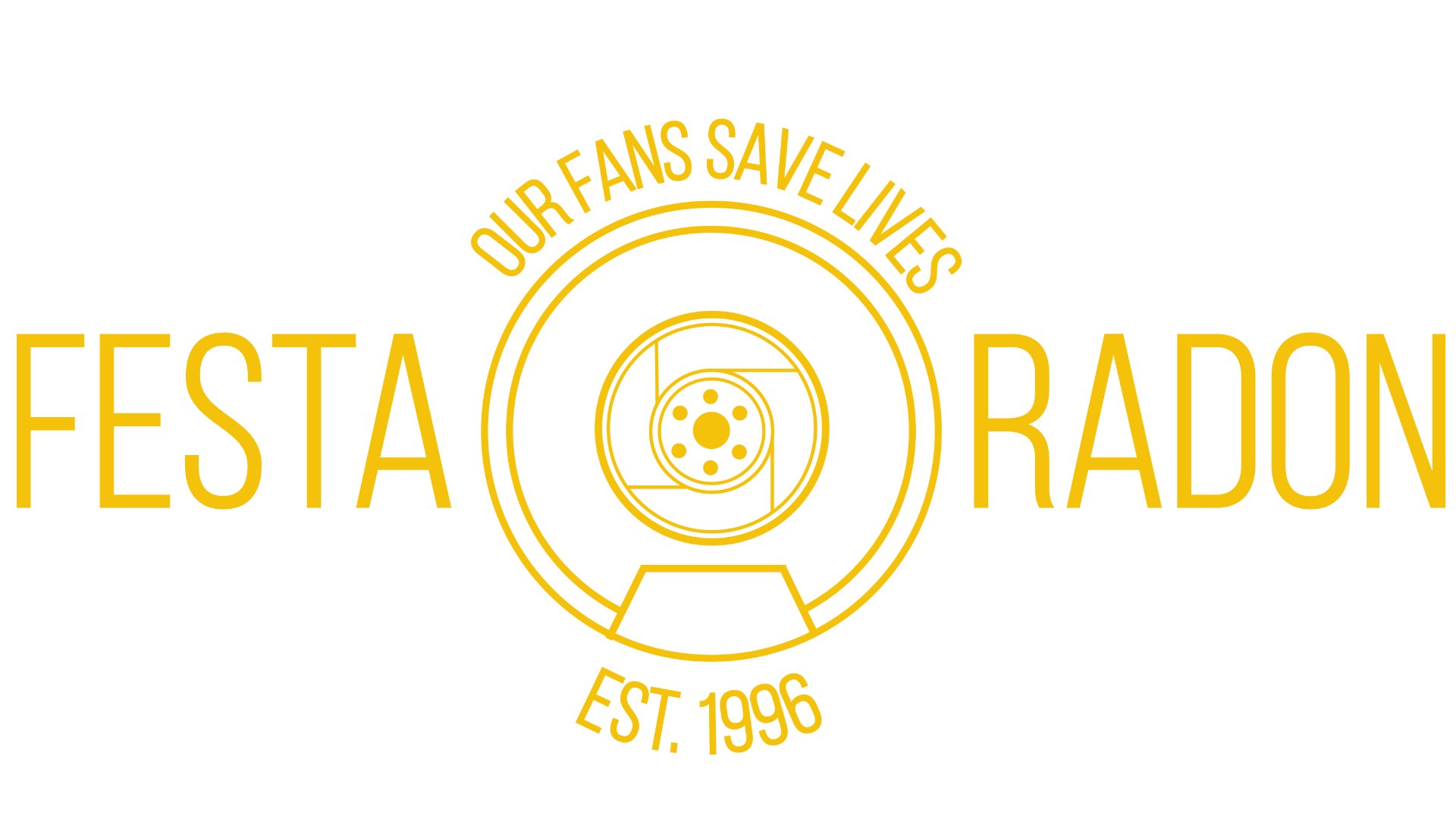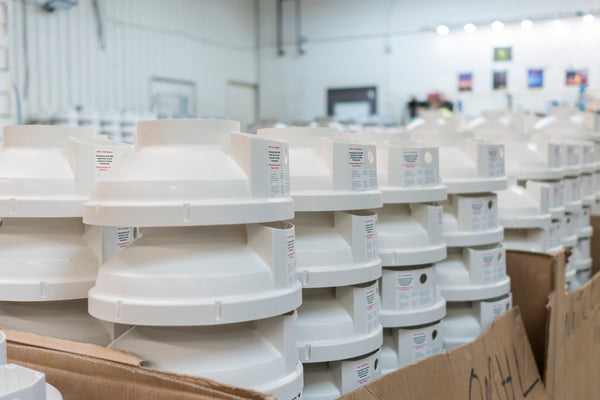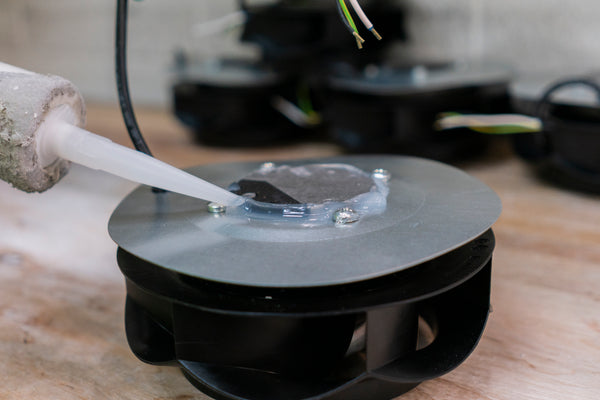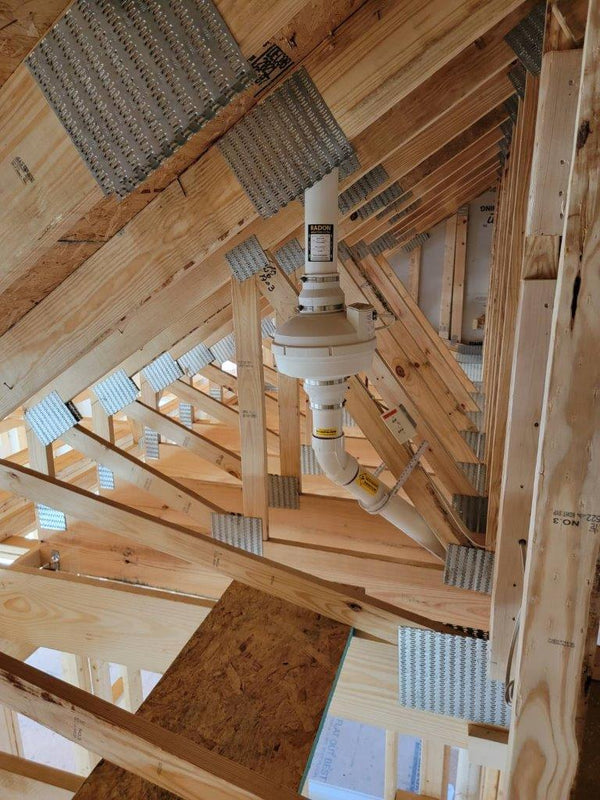
Proactive Steps to Address Radon in Temporary Housing
Radon is a silent threat affecting any living space, including temporary housing. Whether renting an apartment for a few months, staying in a short-term rental, or residing in corporate housing, radon exposure can pose a serious health risk. This naturally occurring radioactive gas is odorless, colorless, and tasteless, making it difficult to detect without proper testing. Understanding how to address radon in temporary housing is essential to maintaining a safe and healthy environment.
Understanding the Dangers of Radon
Radon is a byproduct of uranium breakdown in soil, rock, and water. Radon infiltrates homes by traveling through foundation fractures, gaps in construction joints, and even contaminated well water. Long-term radon exposure is the second leading cause of lung cancer after smoking. Since radon levels can vary significantly from one location to another, even within the same city, it is crucial to test for radon regardless of where you are staying is crucial. Some geographic areas have naturally higher concentrations of radon due to soil composition, making awareness and testing even more critical.
Why Temporary Housing is Not Immune to Radon
Many people believe that radon exposure is only a concern for permanent homes, but temporary housing can also have high radon levels. Rental properties, vacation homes, and corporate housing are often located in areas where radon is prevalent. Additionally, landlords and property managers may not regularly test for radon, leaving occupants unknowingly at risk. Even if a property has been tested in the past, radon levels can change over time due to shifting soil conditions, foundation cracks, and ventilation changes.
Testing for Radon in Temporary Housing
The first step to addressing radon is testing. Short-term radon test kits can provide results in as little as 48 hours. For a more comprehensive assessment, long-term radon tests, which monitor levels over 90 days or more, can give a clearer picture of exposure. You can also track your radon levels with a continuous monitor that yields real time results via an LED screen or connected app. If you are moving into a temporary residence, asking the property owner if radon testing has been conducted recently is wise. If not, taking the initiative to test the air quality can provide peace of mind. For individuals frequently relocating, keeping a portable radon test kit on hand can be a proactive way to stay ahead of potential exposure.
What to Do if Radon Levels Are High
If testing reveals high radon levels, action should be taken immediately. Temporary solutions include increasing ventilation, sealing foundation cracks, and using air purifiers with activated carbon filters. However, professional radon reduction systems, such as sub-slab depressurization, can be installed for more effective and long-term radon mitigation. A safe indoor environment should be a top priority, even in a temporary home. In cases where the property owner is unresponsive, seeking alternative housing with lower radon levels may be necessary to protect your health.
Working with Landlords and Property Managers
Communicating with the landlord or property manager is essential if radon levels are above the EPA’s recommended threshold of 4.0 pCi/L. In some states, landlords are legally required to disclose radon test results and take necessary mitigation steps. If radon levels are high, negotiating a mitigation plan with the property owner can help ensure a safer stay. For example, if you stay in corporate housing or extended-stay rentals in Miami, consider discussing radon safety with the management team to encourage routine testing and mitigation efforts.
How Moving Affects Radon Exposure
Relocating to a new home—whether for work, personal reasons, or adventure—can bring unexpected environmental risks, including radon exposure. Radon is a naturally occurring, odorless gas that can accumulate in homes and pose potential health hazards over time. Before moving, it is crucial to research radon levels in your destination. Many states and local agencies provide radon risk maps, which help you identify areas with higher concentrations.
At the same time, partnering with a trusted moving company can make your transition seamless while allowing you to focus on important safety measures, such as radon testing and mitigation. As a professional moving and storage service, Miami Movers for Less specializes in residential and commercial relocations, ensuring your belongings are safely transported to your new home. Their expertise in planning efficient moves lets you concentrate on evaluating your new environment for potential hazards, like radon exposure, without added stress. Choosing experienced movers who understand the importance of a smooth, well-organized relocation can give you peace of mind as you settle into your new space.

Radon in temporary housing can be addressed as well.
Radon-Resistant Features to Look for in Temporary Housing
If you can choose your temporary housing, consider properties with radon-resistant construction features. Homes built with passive radon reduction systems, such as vapor barriers and vent pipes, are less likely to have high radon levels. Asking about these features before signing a lease can help reduce the risk of exposure. If radon-resistant construction is not available, exploring properties that have been recently tested or professionally mitigated can provide added reassurance.
Ensuring Proper Ventilation
Proper ventilation is key to reducing radon buildup. Opening windows, using exhaust fans, and maintaining a well-ventilated living space can help disperse radon gas. Radon tends to accumulate in basements or lower-level units. Additional ventilation measures may be necessary to maintain safe air quality. Mechanical systems can help if a property has limited natural ventilation. Heat recovery ventilators (HRVs) improve air circulation and reduce radon buildup.

Proper ventilation is key to reducing radon buildup.
The Role of Air Purifiers in Radon Reduction
While air purifiers cannot eliminate radon, certain models equipped with activated carbon filters can help reduce radon decay products in the air. Using an air purifier as a supplementary measure can enhance indoor air quality in temporary housing. For the best results, combine this with other radon mitigation efforts. When selecting an air purifier, ensure it is specifically designed to filter out radon decay products. Many air purifiers only remove general airborne particles, which may not be sufficient for radon reduction.
Conclusion
Radon exposure is a significant health risk, but taking proactive steps can help ensure safety in temporary housing. All essential actions are testing for radon in temporary housing, improving ventilation, and communicating with property managers about mitigation options. Whether staying for a few weeks or several months, prioritizing radon safety can provide peace of mind and contribute to a healthier living environment. Being informed and proactive can reduce the risk of radon-related health issues no matter where you stay. Additionally, spreading awareness about radon risks in temporary housing can encourage more widespread testing and mitigation efforts, making rental properties safer for everyone.
